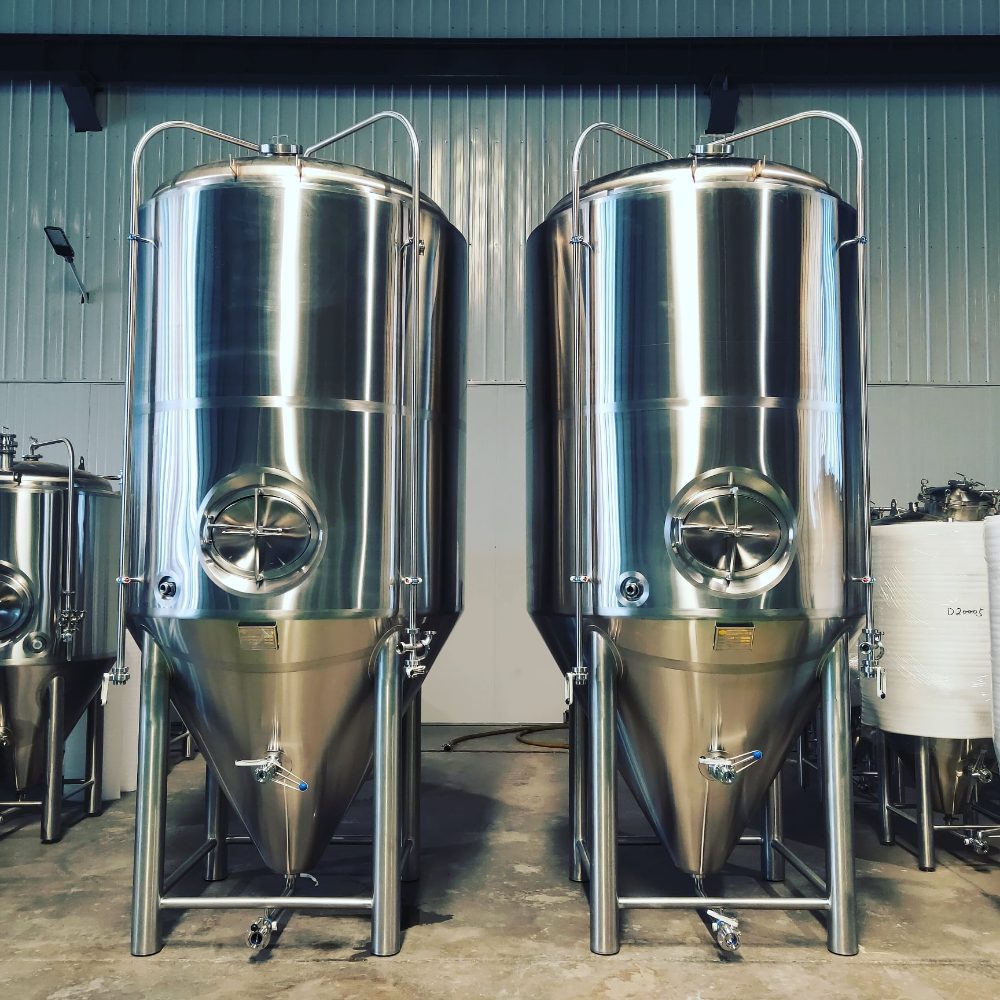Hi guys, in this article, let’s continue to discuss the beer fermenting and conditioning.
Fermentation
The first stage of fermentation; known as primary fermentation, happens after the beer has been brewed. Once the wort has been cooled and sent to FV, you pitch your yeast. The yeast after a “lag phase” becomes active and starts feasting on all those lovely sugars.
As the yeast feasts away they’re creating alcohol and carbon dioxide. As the sugars are becoming alcohol the liquid goes from sweet to something closer to the finished beer.

Furthermore, depending on the yeast used, some flavor compounds called phenols and esters make their way into the beer. Esters are like the banana (isoamyl acetate) in your Hefeweizen and phenols like clove (4-vinylguaiacol) in Belgian wheats.
After 5 to 7 days the fermentation will have slowed down considerably, as the yeast has gorged itself and slowing down. The used-up yeast will start to drop to the bottom of the FV, along with hops, proteins and other solids.
During this time, you can dump some of the solids which have gathered at the bottom the FV. However, don’t dump too much as you will lose some of the precious yeast.
In 7 to 10 days, the fermentation is likely finished, although some beer styles take longer. It’s time to chill the beer, to help drop out more yeast and solids. Once the beer is chilled, the yeast may be collected for “repitching” in another brew, or dumped. The beer is now ready for conditioning.
Conditioning
Maturation time allows beer had to mellow out. I’m not sure how to approach this one as all brewers are different. For example, some brewers like to get their IPA’s out fresh while others like to give their IPA’s a few days to “mellow out and settle down”.
Easiest way to explain conditioning is with lager brewing. Lager comes from the German word “to store”. Traditional German lagers are stored to “mature” for 3 to 4 weeks. In traditional lager brewing, after primary fermentation (in FV) the beer is moved to a maturation tank.

Lager Maturation Vessels Are Usually Horizontal For Several Reason
Where the beer stored at 32 – 39.2°F (0 – 4°C); maturation allows for the haze-inducing proteins and polyphenols to coagulate and drop to the tank bottom. Furthermore, during this time the beer mellows becoming more delicate.
Please note: After conditioning and before packaging beer (depending on style) beer can go through a process to clarify it. To make the beer “brite”.
Clarification is done by fining, filtering or centrifuging the beer.
Tiantai is a professional brewery that supplies beer equipment in China, providing you with a brewing grain mill, brewhouse, conical fermenters stainless steel or red copper or 8K mirror, beer dispenser, wort chiller, and customized brewing tanks, also including beer accessories.
If you need any beer plants, Tiantai is good beer making supplier!
Cheers,
Daisy
E: [email protected]


.jpg)



Get In Touch